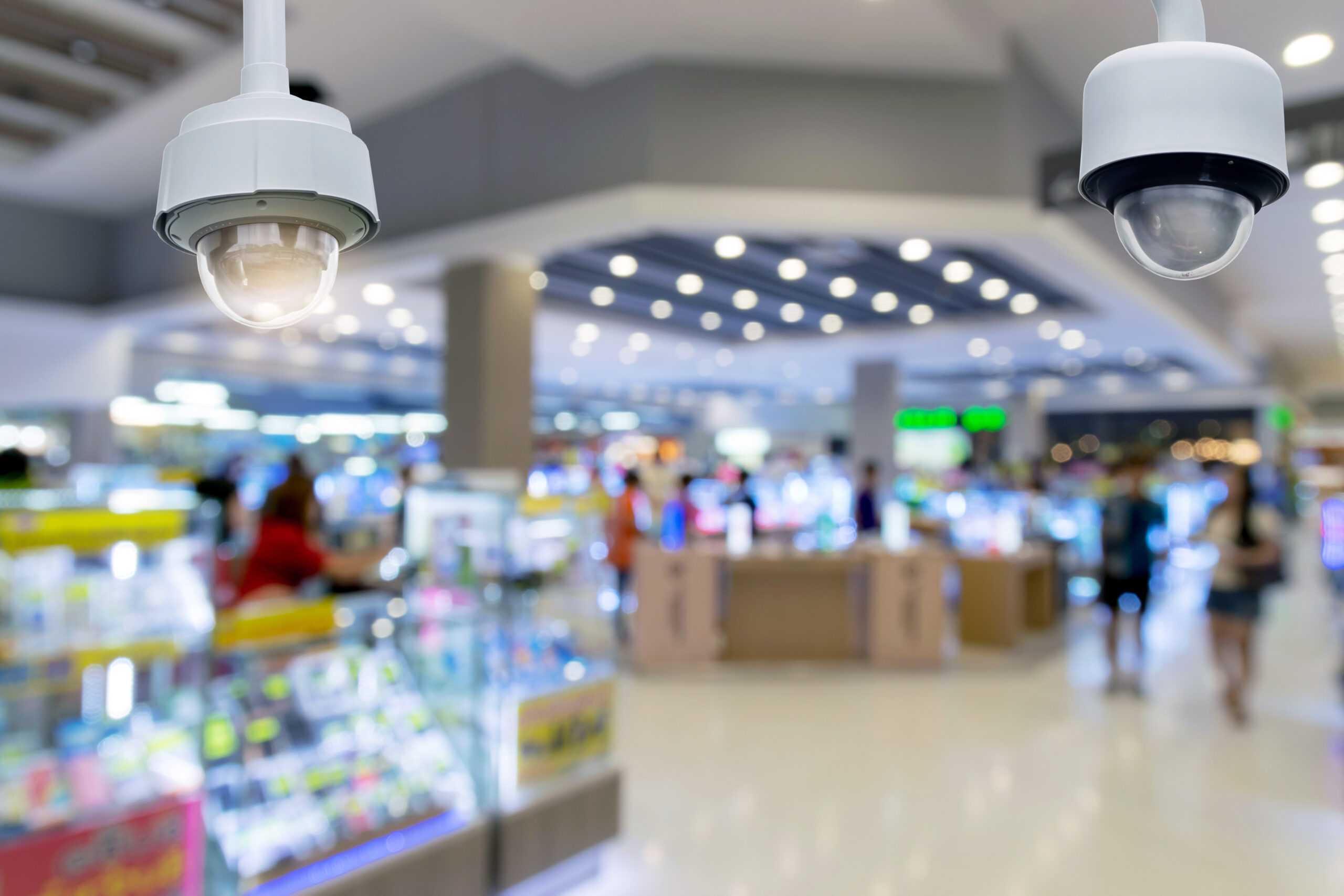This article was originally published by Total Retail.
The internet provides retailers endless amounts of precise, real-time information and insights into the shopper’s journey. What are they searching for? What are they clicking on? At what point do they fall out of the sales pipeline?
In a brick-and-mortar store, however, shopping data is mostly limited to the day’s receipts. Where online stores use first- and third-party customer data to understand how customers browse and shop at their site and others, physical stores are missing key behavioral data. How prospective customers behave in-store and interact with merchandise on the floor is largely left to employee insights, often anecdotal at best. While brands like Amazon.com are trying to fill this data gap for retailers with in-store data analysis, these initiatives show that collecting first-party behavioral data should be an internal priority.
Luckily, new technologies are emerging that can give retailers enhanced digital precision into the physical shopping experience. The ability to locate, trace and track resources in physical locations are being used by retailers to understand customers’ shopping journeys and behaviors, perfect their in-store design, and reduce operational costs across the board.
Dynamic Insights Into Shoppers’ Decision Making
In-store technology such as closed-circuit camera systems have historically not been robust enough to collect the massive amounts of raw data used by online storefronts. With new technology capabilities, however, physical stores are now able to leverage their existing camera systems to understand customers’ decision making. Artificial intelligence software is able to track customer movement throughout a store, determine where they go and where they linger, and ultimately whether they take a product to checkout or abandon it.
Retailers are then able to better understand customers’ interests and learn how to meet them with different marketing and shelving techniques. For example, what products are kids and parents looking at in the toy aisle but not buying? These can be prominently displayed for the holiday season. Are apparel shoppers routinely overlooking one section? Based on their average shopping path, a retailer can determine the best place to redisplay that merchandise or place advertising for it. This allows limitless opportunities to assess what drives sales in-store and improves customer satisfaction.
Track, Manage and Save Expenses on Physical Store Resources
One of the primary pain points for physical stores that their online counterparts don’t share is tracking, losing and continuously replacing equipment and resources. Shopping carts, scanners and walkie-talkies are just a few examples of assets that can easily go missing and, over time, accumulate costs to replace them.
Smart camera technology can double as asset tracking and protection. Shopping carts, for example, can cost as much as over $200 per cart to replace. Imagine the expenses that could be saved for a large retailer, with thousands of carts at hundreds of stores, if it were able to reduce the number of annual shopping cart losses from 5 percent to 2 percent. This can be accomplished with asset tracking technology that can determine when shopping carts exit the premises and don’t return. With this data at hand, retailers are able to determine new procedures that can reduce the number of missing carts (and other assets).
By leveraging their existing camera systems with digital precision technology, retailers are able to redirect these expenses to other operational aspects. This also helps to reduce waste created from producing replacements and improves the overall experience for customers and employees, who always know where they can find the resources they need.

Digital Precision Improves Retail Operations Like Never Before
Advancements in technology are elevating the data collection capabilities of physical stores, comparable to what their online counterparts are using to continuously improve their merchandising and marketing. Innovative retailers that are gathering and working with the insights generated from within their stores are increasing revenue with heightened customer insights and reducing the costs associated with resource losses. Bringing digital precision into physical stores allows retailers to optimize their operations like never before, from opening to close.
Andrew Dallmann is Senior Manager, Product at Atrius®, Acuity Brands. Atrius offers a class of innovative solutions working in sync to revolutionize how people operate, work in, and experience spaces.
